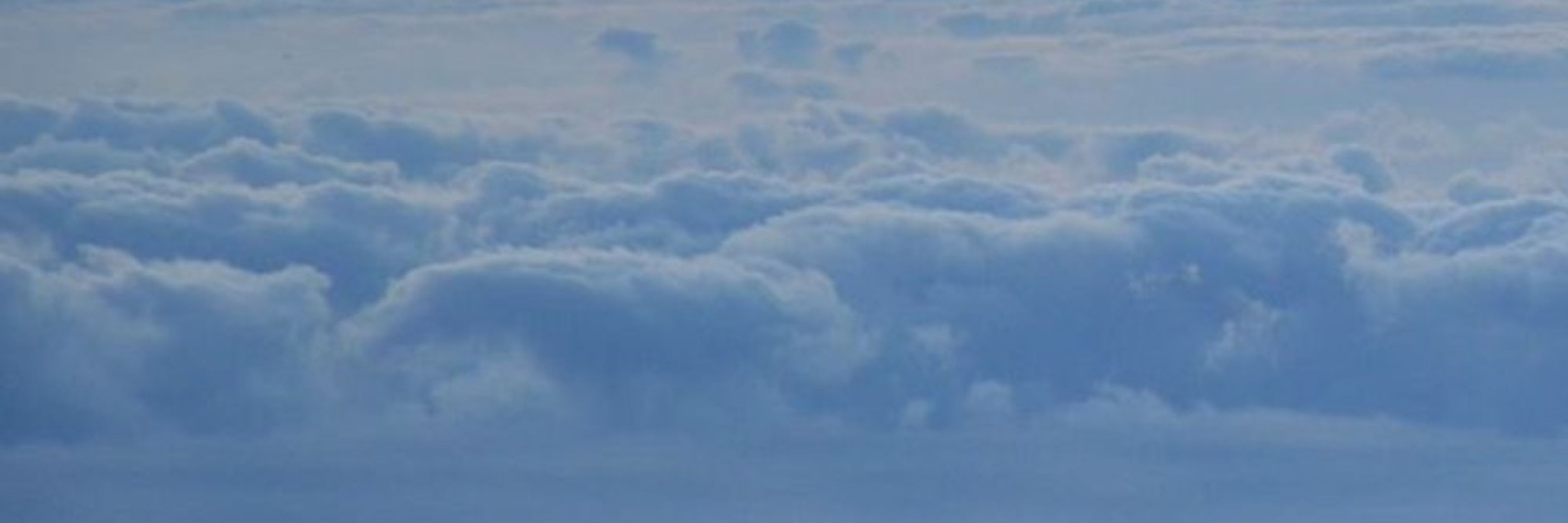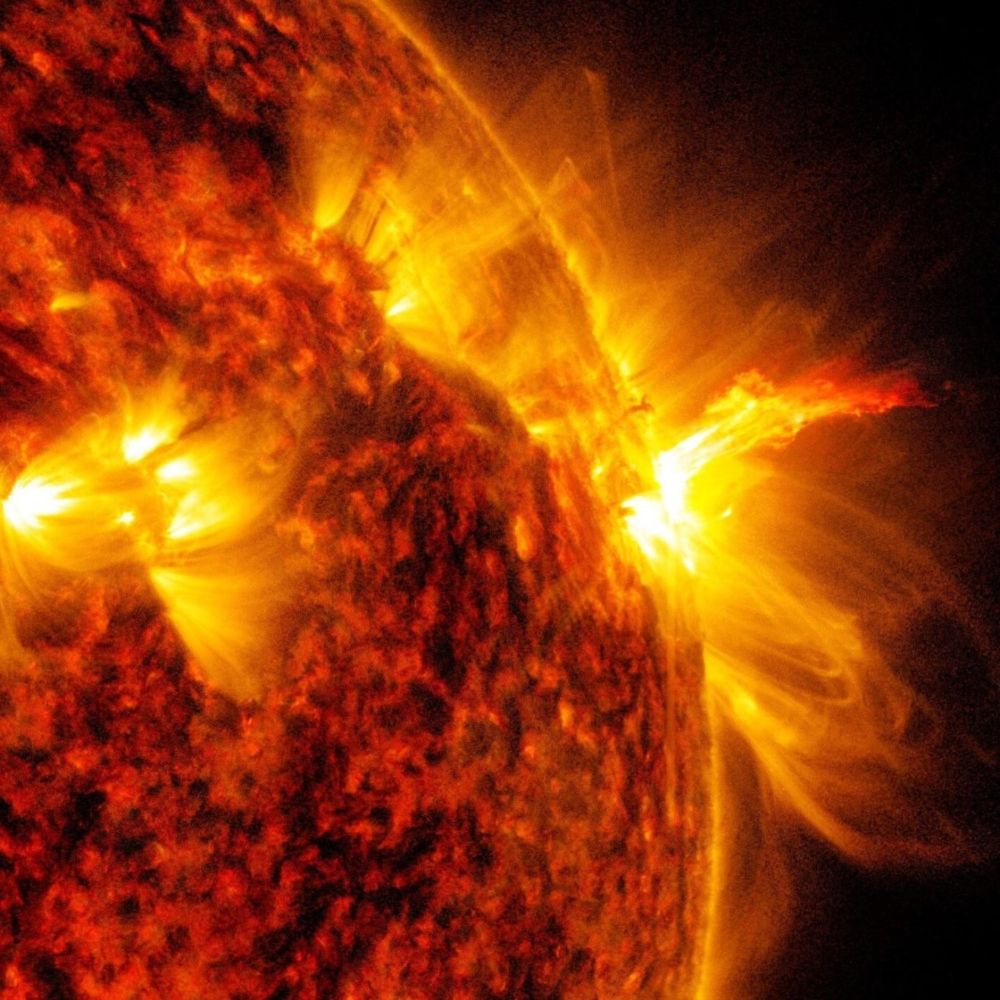
Studying solar activity and variability.
I am not on x (twitter), my account there is deleted.
https://scholar.google.com/citations?user=8gnK6BsAAAAJ&hl=en


Αυτό όμως που μου έκανε εντύπωση, και ελπίζω να κατάλαβα λάθος, είναι ότι, παρά όλα αυτά, το Πανεπιστήμιο Πατρών συνεχίζει να τον υπολογίζει ως διδακτορικό φοιτητή!
www.reportersunited.gr/17718/lobby-...

Αυτό όμως που μου έκανε εντύπωση, και ελπίζω να κατάλαβα λάθος, είναι ότι, παρά όλα αυτά, το Πανεπιστήμιο Πατρών συνεχίζει να τον υπολογίζει ως διδακτορικό φοιτητή!
www.reportersunited.gr/17718/lobby-...
@science.esa.int @ioppublishing.bsky.social

@science.esa.int @ioppublishing.bsky.social
☀️🔭🧪
www.swsc-journal.org/topical-issu....
🧪🔭☀️

☀️🔭🧪
essopenarchive.org/users/260056...

essopenarchive.org/users/260056...
Our conclusion: The merchants of doubt are back, and they're coming for climate science.
The fact that our rebuttal is more than 3x the length of the DOE report is a good example of Brandolini's Law in action...
The fact that our rebuttal is more than 3x the length of the DOE report is a good example of Brandolini's Law in action...

Gift link:
www.nytimes.com/2025/09/02/c...

Gift link:
www.nytimes.com/2025/09/02/c...
Our conclusion: The merchants of doubt are back, and they're coming for climate science.
Our conclusion: The merchants of doubt are back, and they're coming for climate science.
This is related to Brandolini's law: The amount of energy needed to refute bullshit is an order of magnitude bigger than that needed to produce it.
Example: refuting one sentence.

This is related to Brandolini's law: The amount of energy needed to refute bullshit is an order of magnitude bigger than that needed to produce it.
Example: refuting one sentence.
www.swsc-journal.org/topical-issu....
🧪🔭☀️

www.swsc-journal.org/topical-issu....
🧪🔭☀️

@natastron.nature.com
. #NASA
@science.esa.int
www.mps.mpg.de/flying-throu...

@natastron.nature.com
. #NASA
@science.esa.int
www.mps.mpg.de/flying-throu...


variability can explain more than 70% of the temperature variability since preindustrial times" is based on outdated and implausible TSI models. Thus, it is a misleading statement.
link.springer.com/article/10.1...
www.sciencedirect.com/science/arti...

variability can explain more than 70% of the temperature variability since preindustrial times" is based on outdated and implausible TSI models. Thus, it is a misleading statement.
link.springer.com/article/10.1...
www.sciencedirect.com/science/arti...
Greg Kopp. Solar irradiance measurements. #LivingRevSolPhys 22, 1 (2025). doi.org/10.1007/s411... #OpenAccess #Review @laspatcu.bsky.social

Greg Kopp. Solar irradiance measurements. #LivingRevSolPhys 22, 1 (2025). doi.org/10.1007/s411... #OpenAccess #Review @laspatcu.bsky.social
#SolarOrbiter @science.esa.int

#SolarOrbiter @science.esa.int
Did you know that sunspots, those dark "marks" on the Sun surface have been observed for over 400 years?
They are the key to studying solar activity, but combining them into a single story is a challenge!
A new study has tested methods for "calibrating" this historical data, collected by
🔭 🧪
In this study, we assessed different methods of combining sunspot number records from various observers, which will strengthen our ability to construct a consistent solar activity history.
doi.org/10.1051/0004...

Did you know that sunspots, those dark "marks" on the Sun surface have been observed for over 400 years?
They are the key to studying solar activity, but combining them into a single story is a challenge!
A new study has tested methods for "calibrating" this historical data, collected by
🔭 🧪
In this study, we assessed different methods of combining sunspot number records from various observers, which will strengthen our ability to construct a consistent solar activity history.
doi.org/10.1051/0004...

In this study, we assessed different methods of combining sunspot number records from various observers, which will strengthen our ability to construct a consistent solar activity history.
doi.org/10.1051/0004...
This short clip shows him making outrageously misleading claims about the Sun.
🧵🧪 #climatechange
This short clip shows him making outrageously misleading claims about the Sun.
🧵🧪 #climatechange



